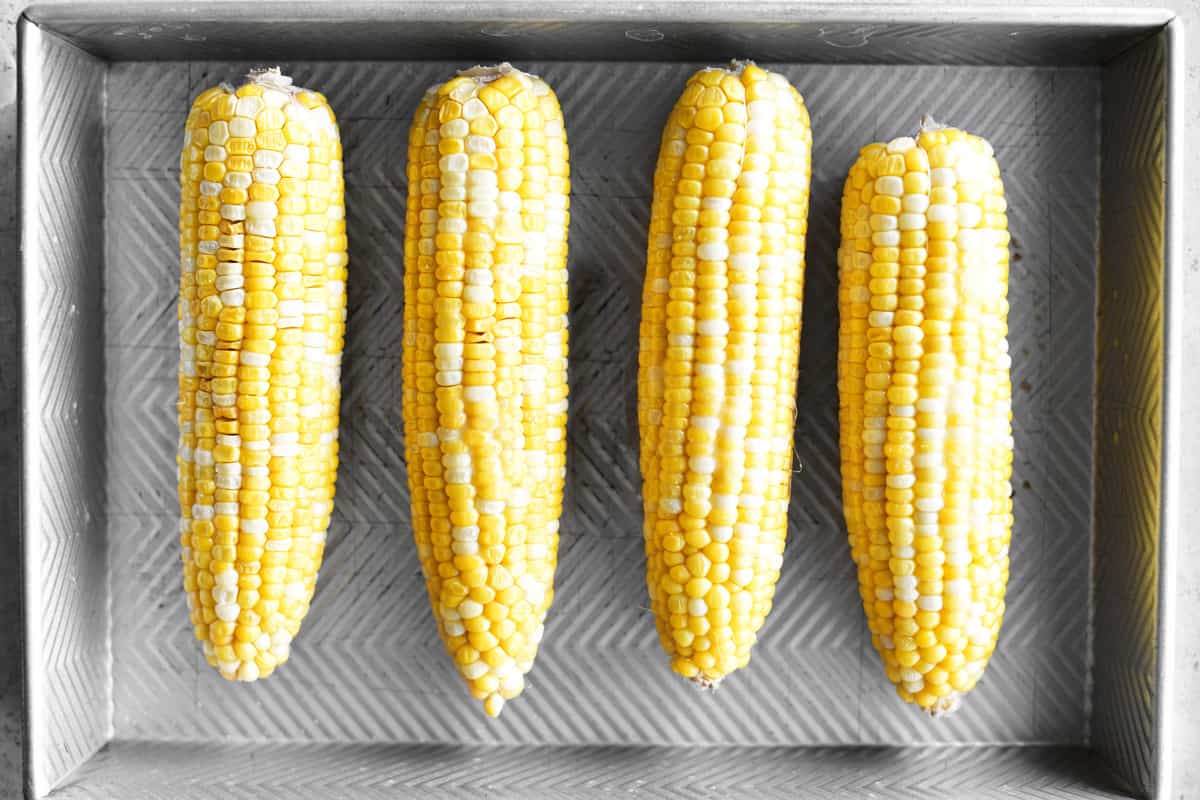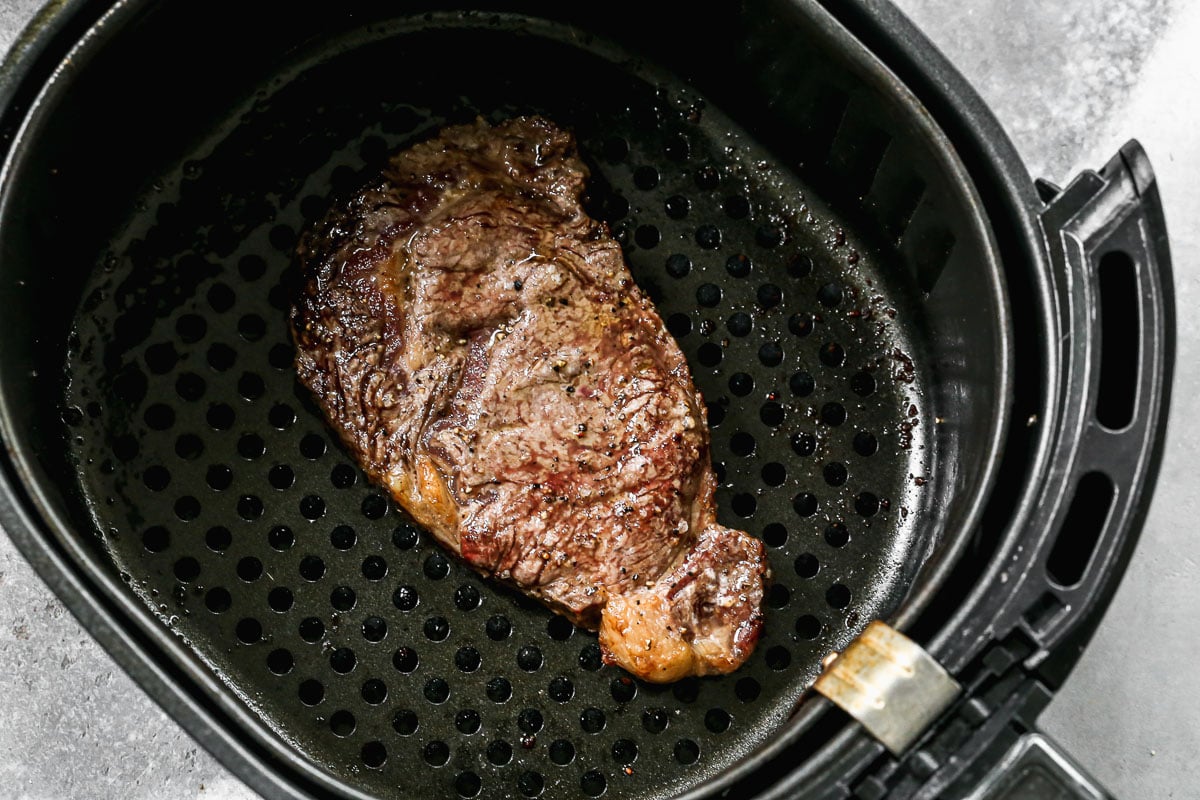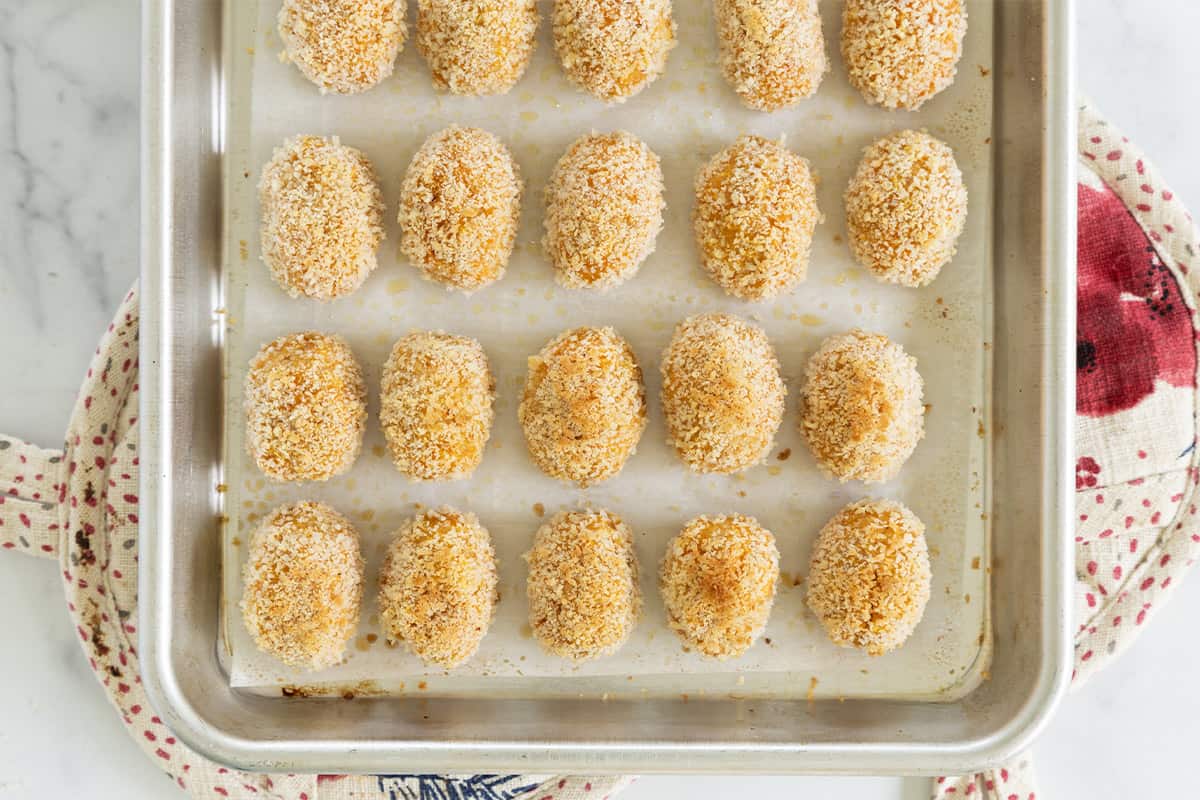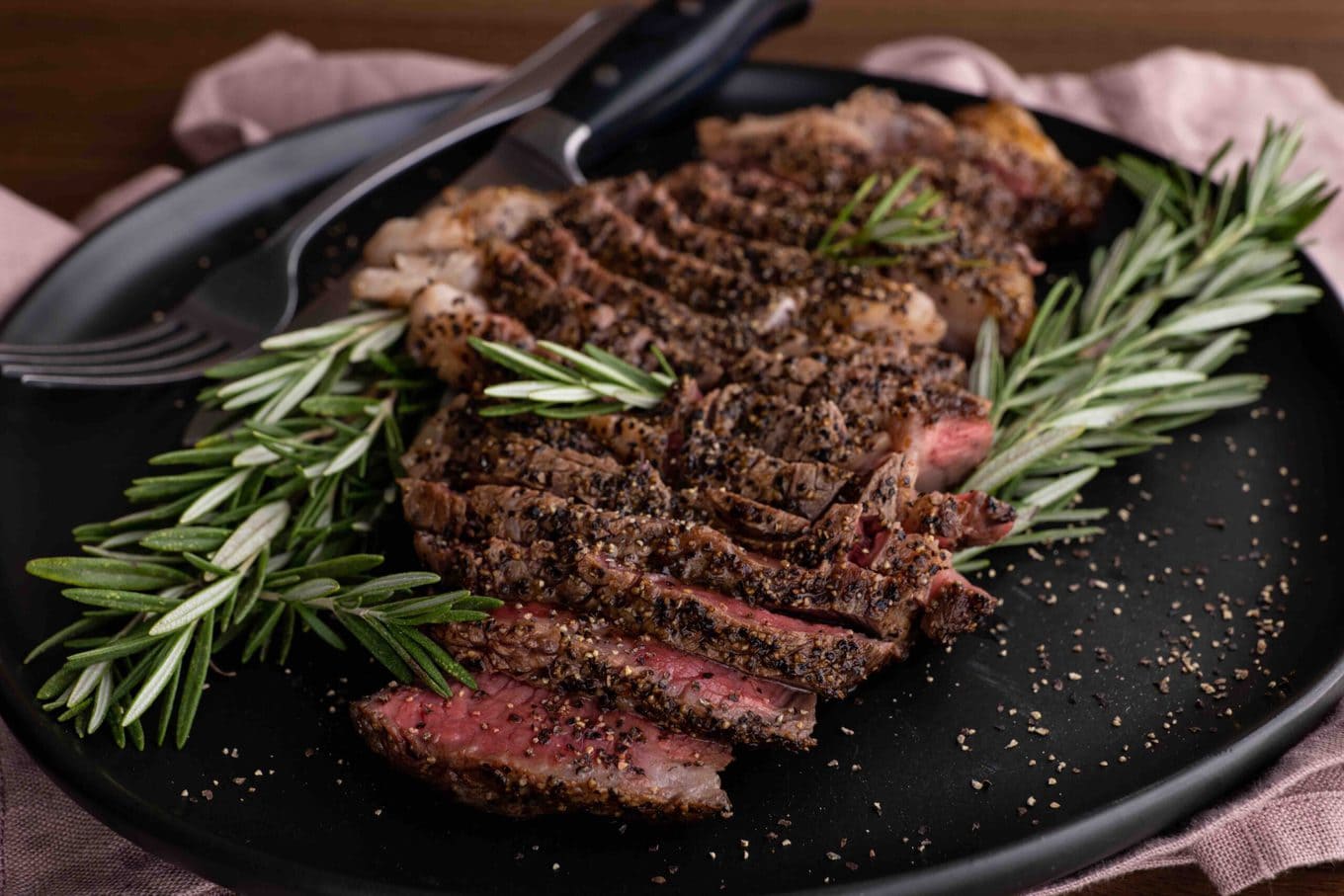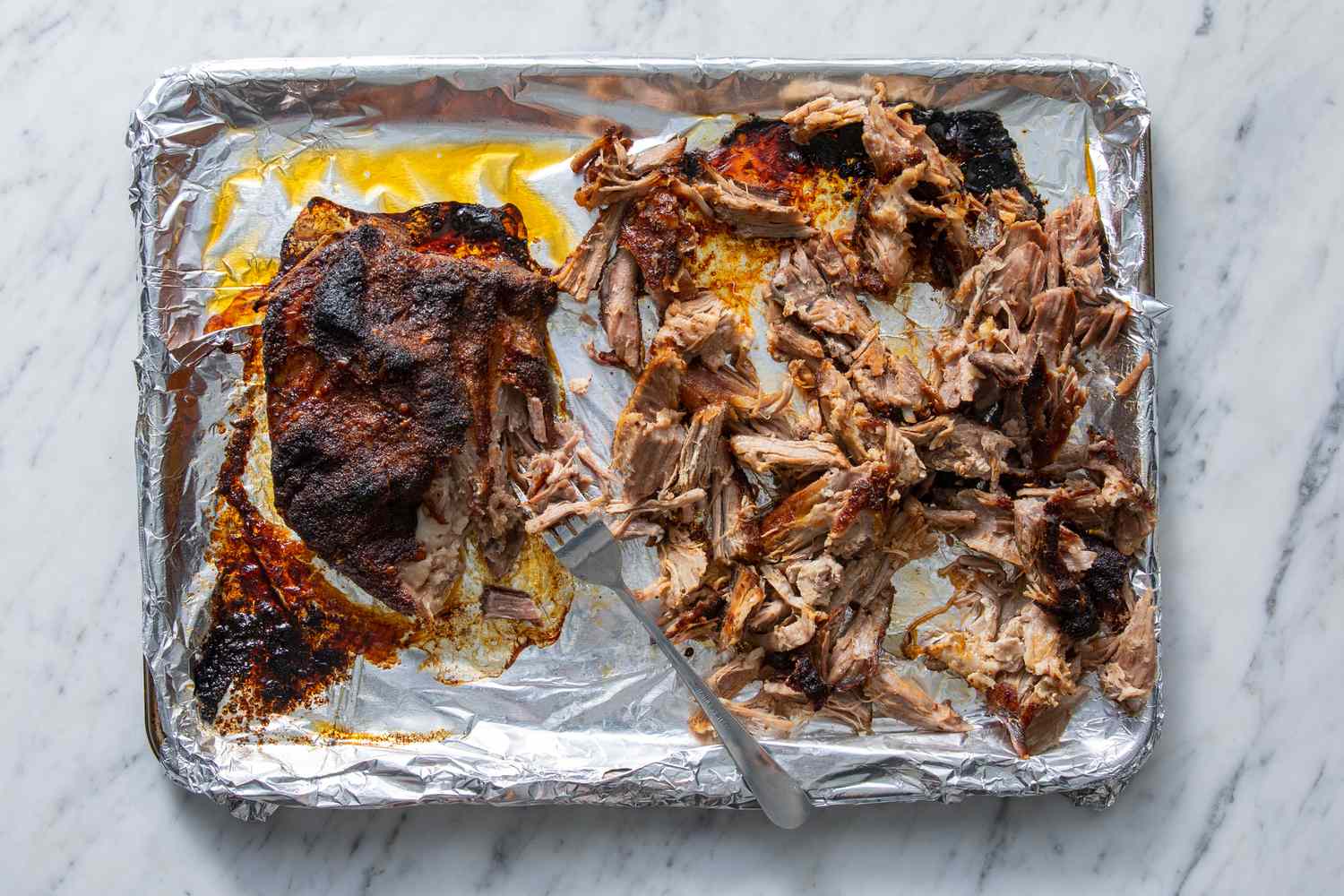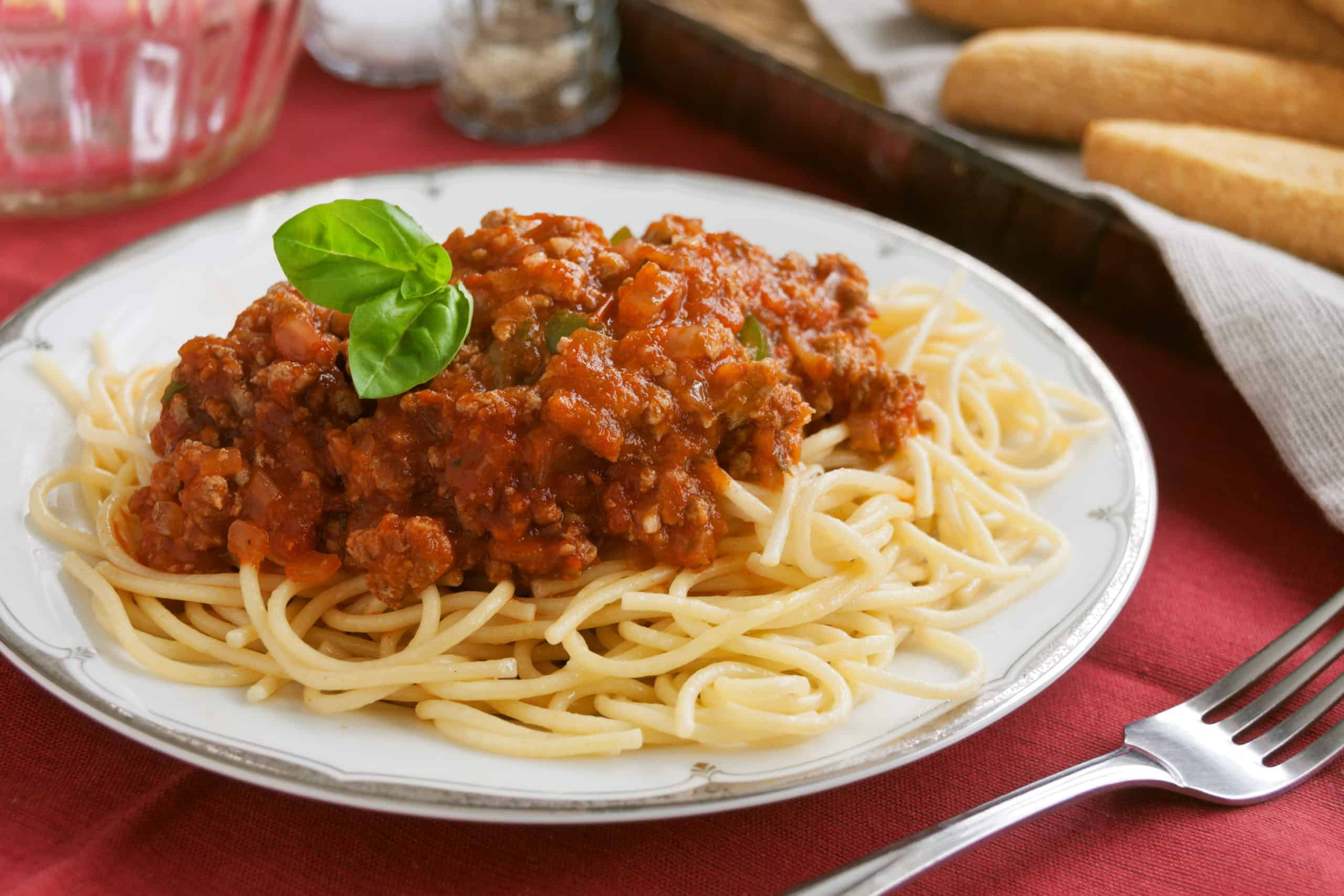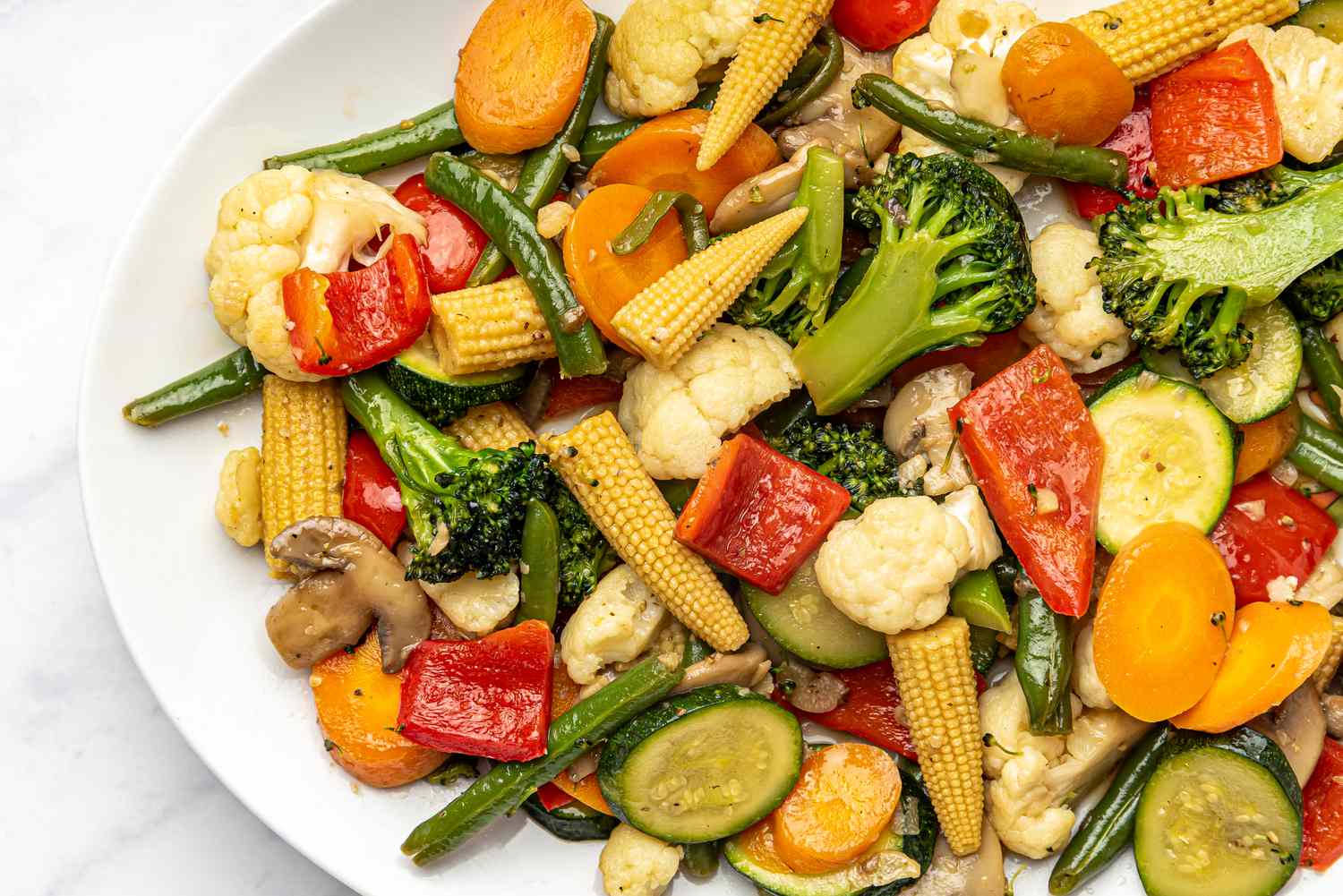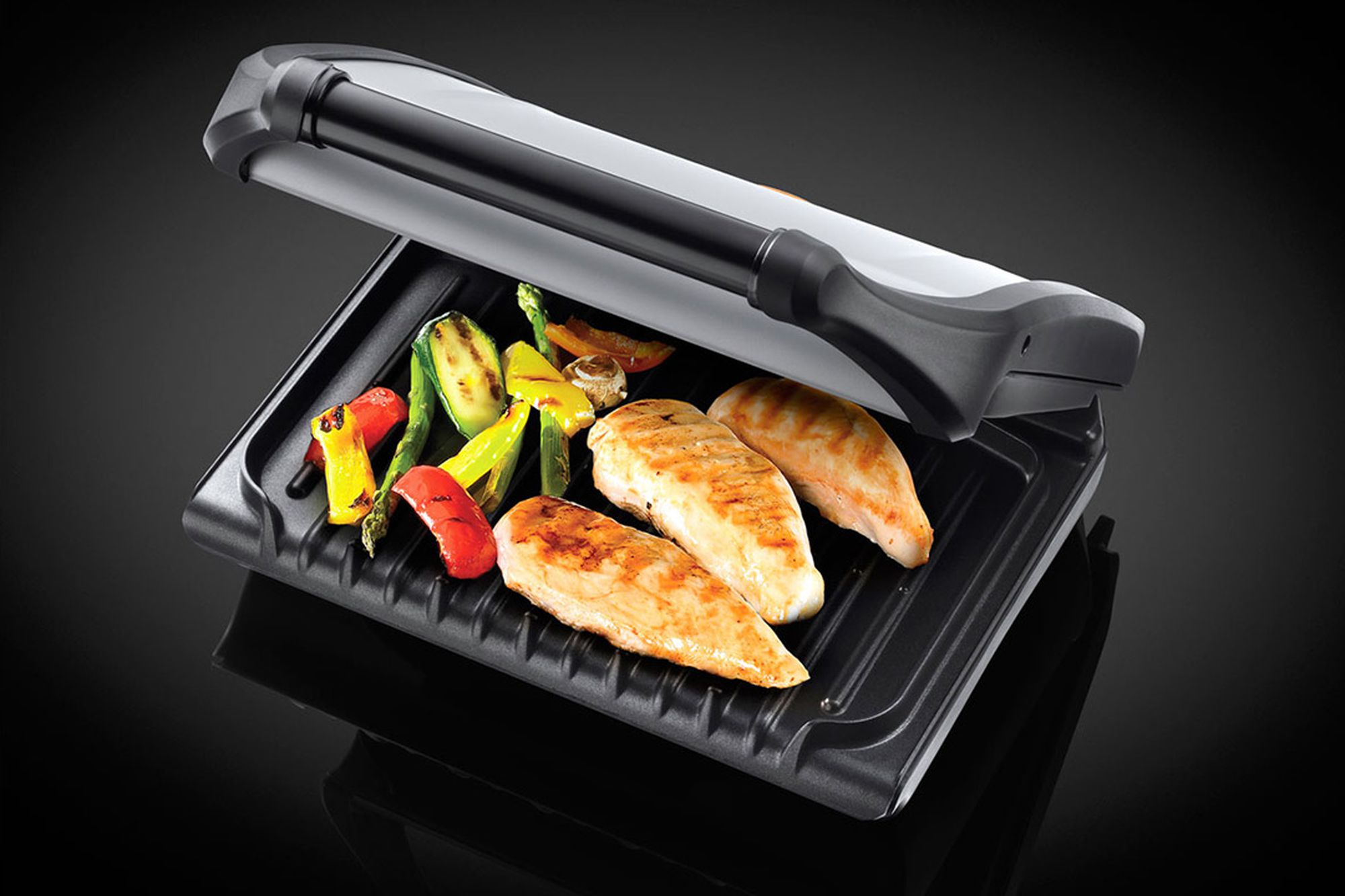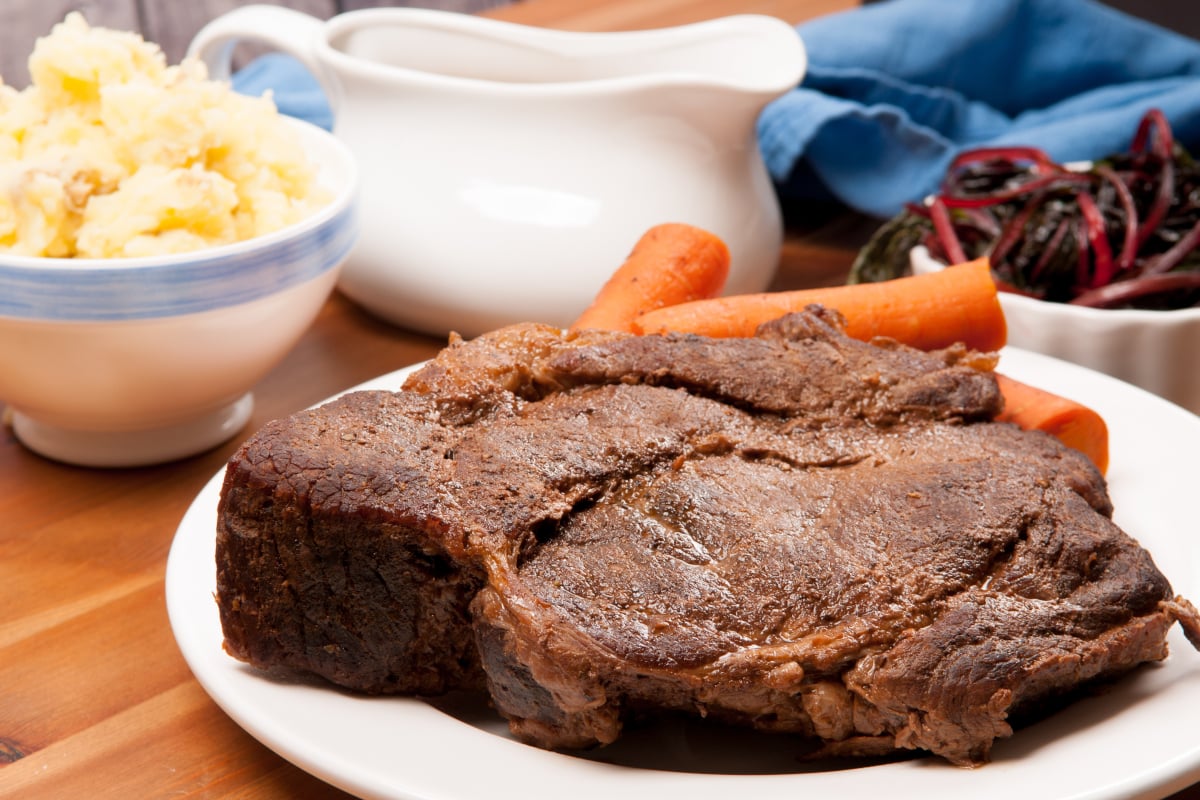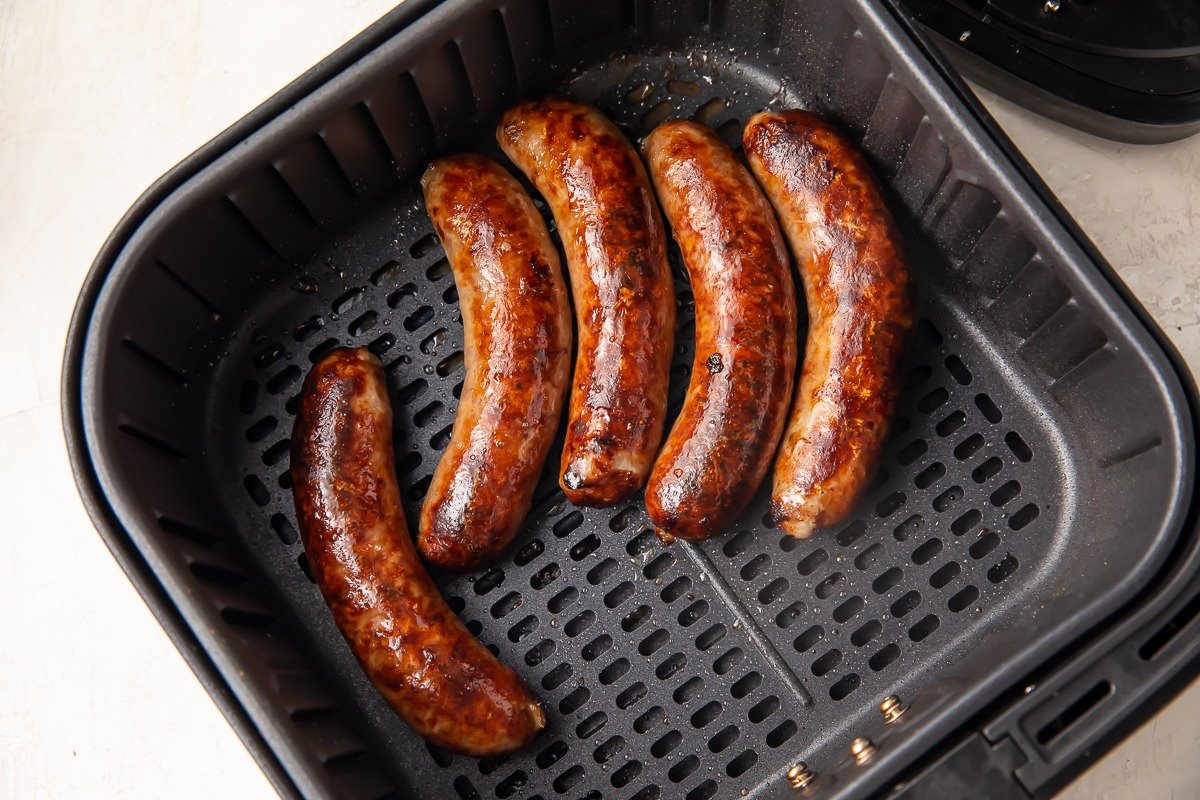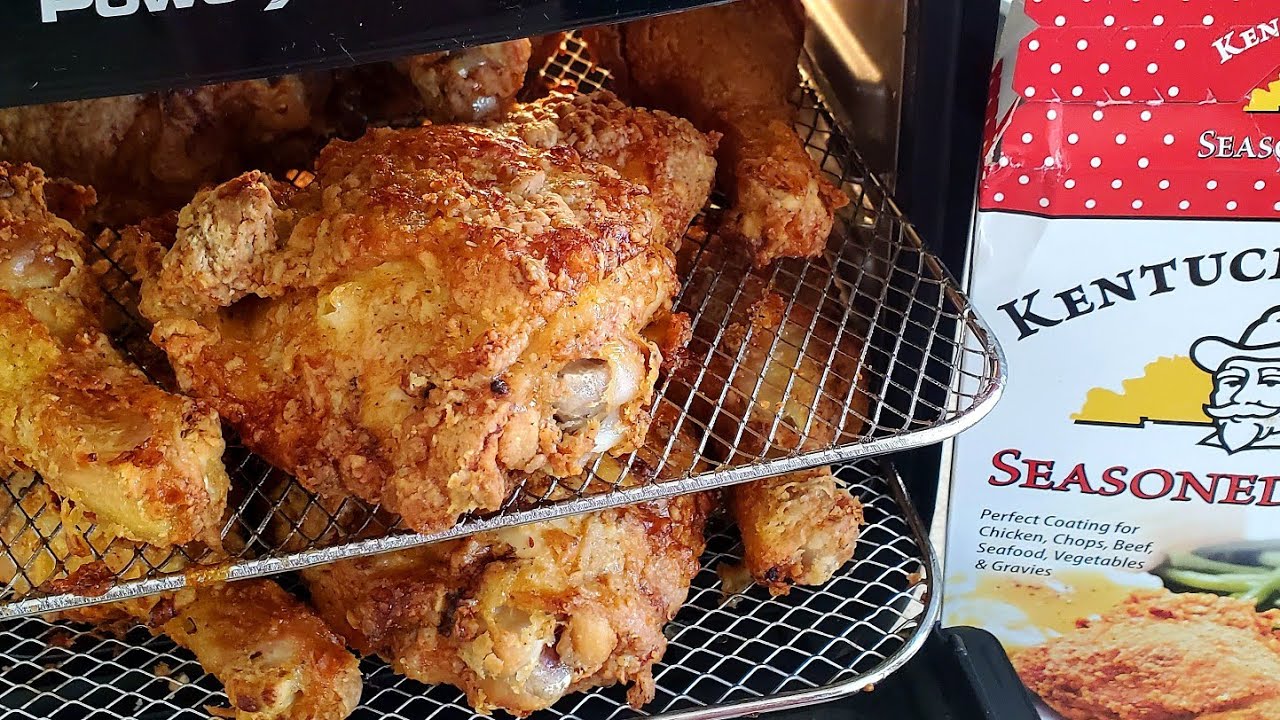Delicious and Easy Ways to Prepare Kale in the Oven
Kale, a nutrient-packed leafy green vegetable, has gained popularity in recent years due to its numerous health benefits. This versatile vegetable can be incorporated into various dishes, and today we will explore some delicious and easy ways to cook kale in the oven.
1. Crispy Kale Chips
Kale chips are a healthy and addictive snack that can easily be made in the oven. Here’s how to do it:
- Preheat your oven to 350°F.
- Wash the kale leaves thoroughly and pat them dry.
- Tear the leaves into bite-sized pieces, removing the tough stems.
- Place the kale pieces in a bowl and drizzle them with olive oil.
- Season with your favorite herbs and spices, such as salt, pepper, garlic powder, or paprika.
- Toss the kale to ensure all the pieces are evenly coated.
- Arrange the kale in a single layer on a baking sheet lined with parchment paper.
- Bake for about 10-15 minutes, or until the edges are crispy, but not burned.
- Allow the kale chips to cool slightly before serving. Enjoy the satisfying crunch!
2. Roasted Kale Salad
If you prefer a warm and comforting dish, opt for a roasted kale salad. Follow these simple steps:
- Preheat your oven to 400°F.
- Wash and dry the kale leaves, then remove the stems and tear them into smaller pieces.
- In a bowl, combine the kale with olive oil, lemon juice, and salt. Massage well to ensure every leaf is coated.
- Spread the kale evenly on a baking sheet lined with parchment paper.
- Roast in the oven for around 15-20 minutes, until the edges become crispy and slightly browned.
- While the kale is roasting, you can prepare other ingredients for your salad, such as cherry tomatoes, diced avocado, or grated Parmesan cheese.
- Remove the kale from the oven and allow it to cool slightly.
- Toss the roasted kale with your favorite salad toppings and dressing.
- Serve warm and relish in the delightful combination of flavors and textures.
3. Baked Kale Pasta
Give your pasta dish a nutritious twist by incorporating baked kale. Here’s a simple recipe to get started:
- Preheat your oven to 375°F.
- Cook your favorite pasta according to package instructions until al dente.
- While the pasta is cooking, prepare the kale by washing, drying, and removing the stems.
- Tear the kale leaves into bite-sized pieces and place them in a baking dish.
- Drizzle the kale with olive oil and sprinkle with salt, pepper, and red pepper flakes for some added heat.
- Bake the kale in the oven for 10-12 minutes, or until it becomes crispy.
- Once the pasta is cooked, toss it with the baked kale.
- Feel free to add other ingredients like garlic, cherry tomatoes, or a sprinkle of Parmesan cheese to enhance the flavors.
- Serve hot and savor the delightful combination of tender pasta and crispy kale.
So there you have it – three delicious and easy ways to cook kale in the oven. Whether you’re craving a crunchy snack, a hearty salad, or a comforting pasta dish, kale can be the star ingredient that elevates your meal to new heights. Give these recipes a try and enjoy the nutritional benefits and delectable flavors of oven-baked kale!
Cooking kale in the oven opens up a world of delicious possibilities. From the simplicity of Classic Kale Chips Recipe to the hearty Roasted Kale Caesar Salad, there's something for everyone. For those looking to mix kale with other ingredients, the Baked Kale and Sweet Potato Hash and Kale and Parmesan Stuffed Mushrooms provide delightful combinations. Kale lovers should definitely try the Kale and Chickpea Sheet Pan Dinner for a balanced meal, or the Crispy Kale and Quinoa Bowl for a nutritious option. For a comforting dish, the Oven-Baked Kale and Bacon Mac 'n' Cheese is a must-try. Each of these recipes not only highlights the versatility of kale but also showcases how roasting enhances its flavor and texture.
Was this page helpful?
Read Next: How To Cook Hot Dog In Oven
